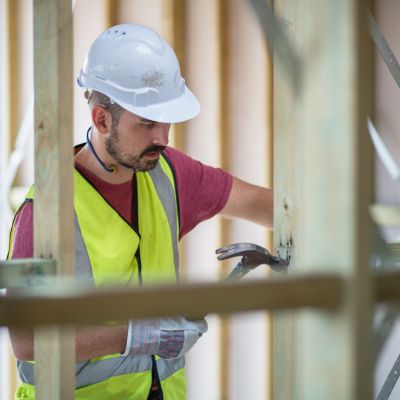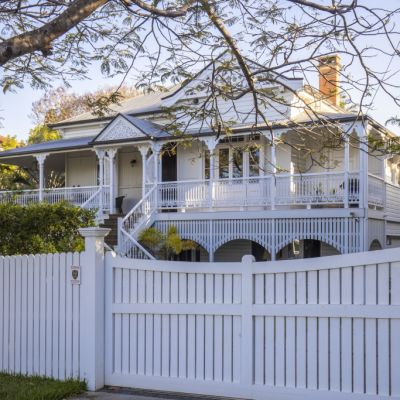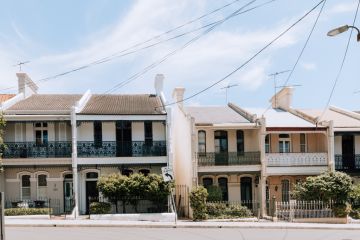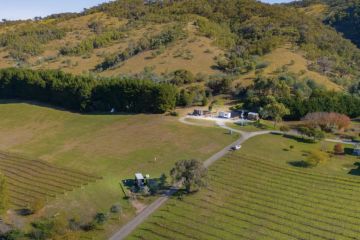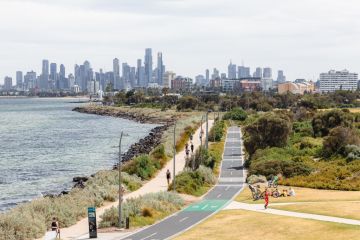Federal Budget 2021: What's on the property wish list?
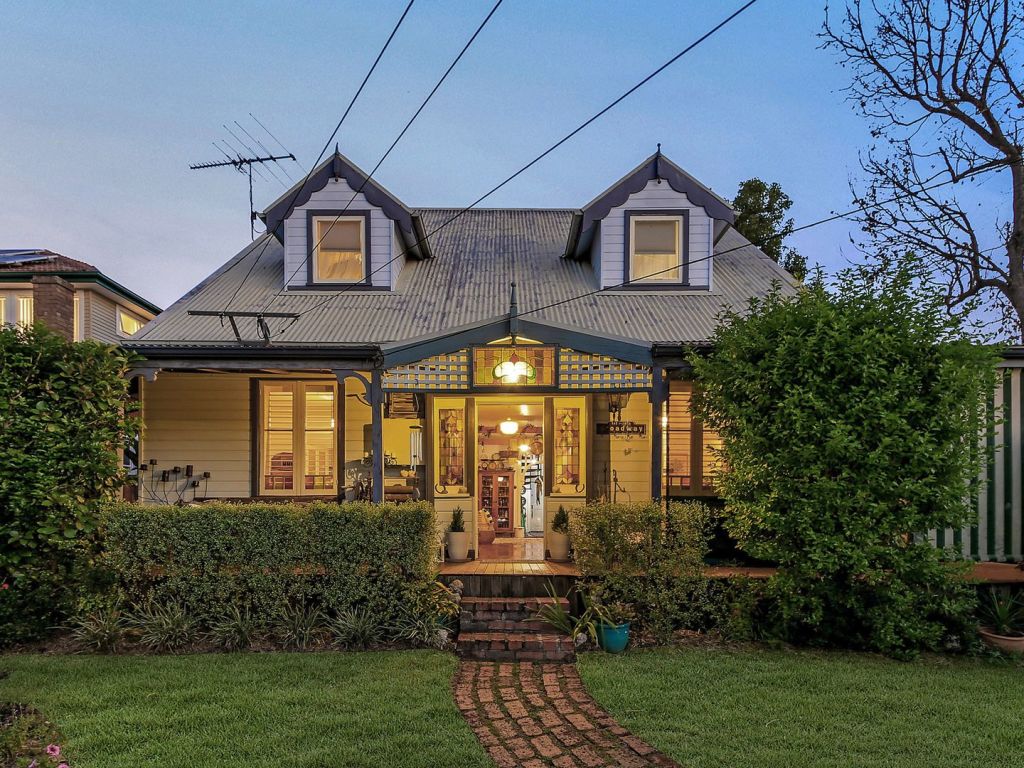
A big social housing build, a boost to rent assistance and more work on energy efficiency are high on the budget wish lists of housing experts.
But they’re not optimistic: recent federal budgets have taken a somewhat piecemeal approach to tackling the housing affordability crisis.
All levels of government have a role to play in dealing with sky-high housing costs, and experts and industry groups are calling for them to work together and seize the opportunities offered by the post-pandemic recovery.
Sydney University urban planner Professor Nicole Gurran is blunt, saying: “We need a massive step up in funding for social housing.
“The last few budgets have been very disappointing when it comes to social and affordable housing assistance.”
This would create more homes for those most in need and would create jobs for construction industry workers, but that’s not all.
Professor Gurran’s research shows that, even pre-pandemic, a shortage of affordable rental housing for lower-income workers prompts some to drop out of the workforce, leaving employers without access to lower-paid staff.
She also recommends extra funding for Aboriginal housing and crisis and homelessness services, and an increase to Commonwealth Rent Assistance.
Her recommendations contrast with the approach taken in recent years, such as supporting construction jobs through the HomeBuilder grants for buying or building new homes, or the First Home Loan Deposit Scheme that enables first-home buyers to purchase with a low 5 per cent deposit.
“There are little piecemeal gestures that are politically popular – anything that goes to a first-home buyer is a politically popular thing to do, things that give people money to build a new house or renovate their house,” she said.
“But they happen in a policy vacuum.”
The First Home Loan Deposit Scheme has been wildly popular, and the federal government is reportedly considering lifting the eligibility thresholds to allow purchases at a higher price point. There has been strong take-up each time a tranche of 10,000 places is released to mark a new financial year and only 430 of the spots for established properties are left for this financial year, on the latest government figures.
HomeBuilder likewise saw such strong interest that the government will extend the construction requirement from six months to 18 months. More than 121,000 Australians have applied for a program that was initially designed to build 30,000 homes by last Christmas before being extended.
But concerns have been raised that demand-side grants push up house prices and, on the other hand, that other measures have been less of a drawcard.
For example, only 15,000 people took the chance to downsize and contribute a lump sum to super in the two years since the downsizer superannuation scheme’s inception – a small proportion of the four million Australians aged over 65. Downsizer incentives are designed to release larger housing stock for upsizing families.
A government reverse mortgage program had only 3771 participants as of December 2020, despite the challenge of older Australians having wealth tied up in the family home and little cashflow.
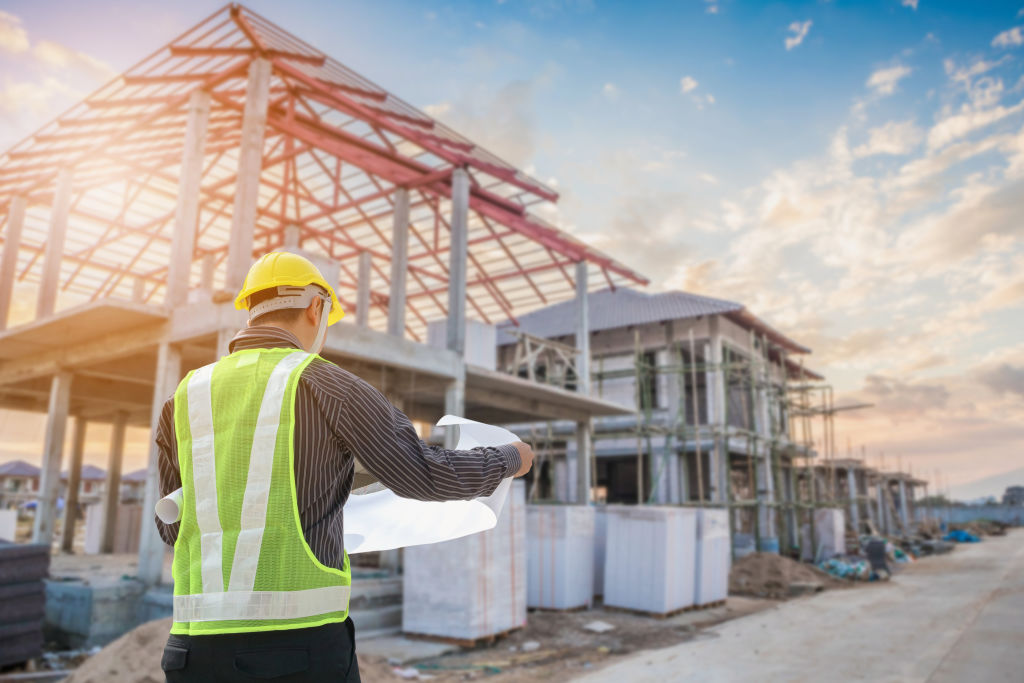
A more urgent priority for this year’s budget would be to increase the rate of Commonwealth Rent Assistance, said Grattan Institute household finances program director Brendan Coates.
A 40 per cent increase would cost the budget $1.5 billion a year, he said.
“If you own your own home in retirement, you’re doing reasonably well, but if you’re a renter you are at severe risk of poverty,” Mr Coates said.
“It would be the first plank in the government’s response to supporting the economic security of women, because the fastest-growing group of homeless Australians are older women.”
As well as more social housing, he would also like to see planning reform.
Although the federal government does not control planning rules, it could provide incentives to state or local governments to boost housing construction in inner and middle-ring suburbs. This could be in the form of medium-density housing or housing around major transport routes.
Although past budgets have proposed “city deals”, these risk becoming subject to electoral politics such as targeting marginal seats at elections, he said, meaning a program focused on encouraging states to make the reform would be a better approach.
It’s similar to a request from the Property Council of Australia, which, in its pre-budget submission, called for “housing deals” to encourage state governments to reform planning systems.
“The Productivity Commission has consistently identified planning supply issues as being one of the top five productivity cripplers for the nation,” council chief executive Ken Morrison said.
“As we’re emerging from the pandemic the issues of supply blockages are still very significant and are likely to have a significant impact on housing affordability over the coming years so there’s a sort of urgency about it.”
Mr Morrison is also calling for more purpose-built affordable housing and wants a boost to construction jobs through a mass energy-efficiency retrofitting program as HomeBuilder comes to an end.
“While there are a lot of great things happening from an energy efficiency point of view in new housing and new developments, it’s much harder to retrofit,” he said.
“So incentives to retrofit can help boost jobs, but provide that sustainability dividend which is important.”
Despite the HomeBuilder program, UNSW professor of housing research and policy Hal Pawson said, construction industry jobs are still 3.8 per cent below their March 2020 level.
“Maintaining residential construction employment at current levels might call for further government action,” he said.
“Boosting social housing rather than subsidising private housing demand would have the added advantage of stimulating employment without adding to property market inflation, as in the case of HomeBuilder.”
He backed a plan to build 30,000 social housing units over three to four years, creating 18,000 jobs, proposed by the Community Housing Industry Association.
The Real Estate Institute of Australia said it supported the First Home Loan Deposit Scheme but called for more help for first-time buyers.
First-home buyers should be able to claim interest costs as a tax deduction, in a similar way to investors, the group argued.
“It’s probably not a bad idea in order to level the playing field against property investors,” REIA president Adrian Kelly said.
“First-home buyers are well and truly back into the market but that’s largely because investors left.”
We recommend
States
Capital Cities
Capital Cities - Rentals
Popular Areas
Allhomes
More
